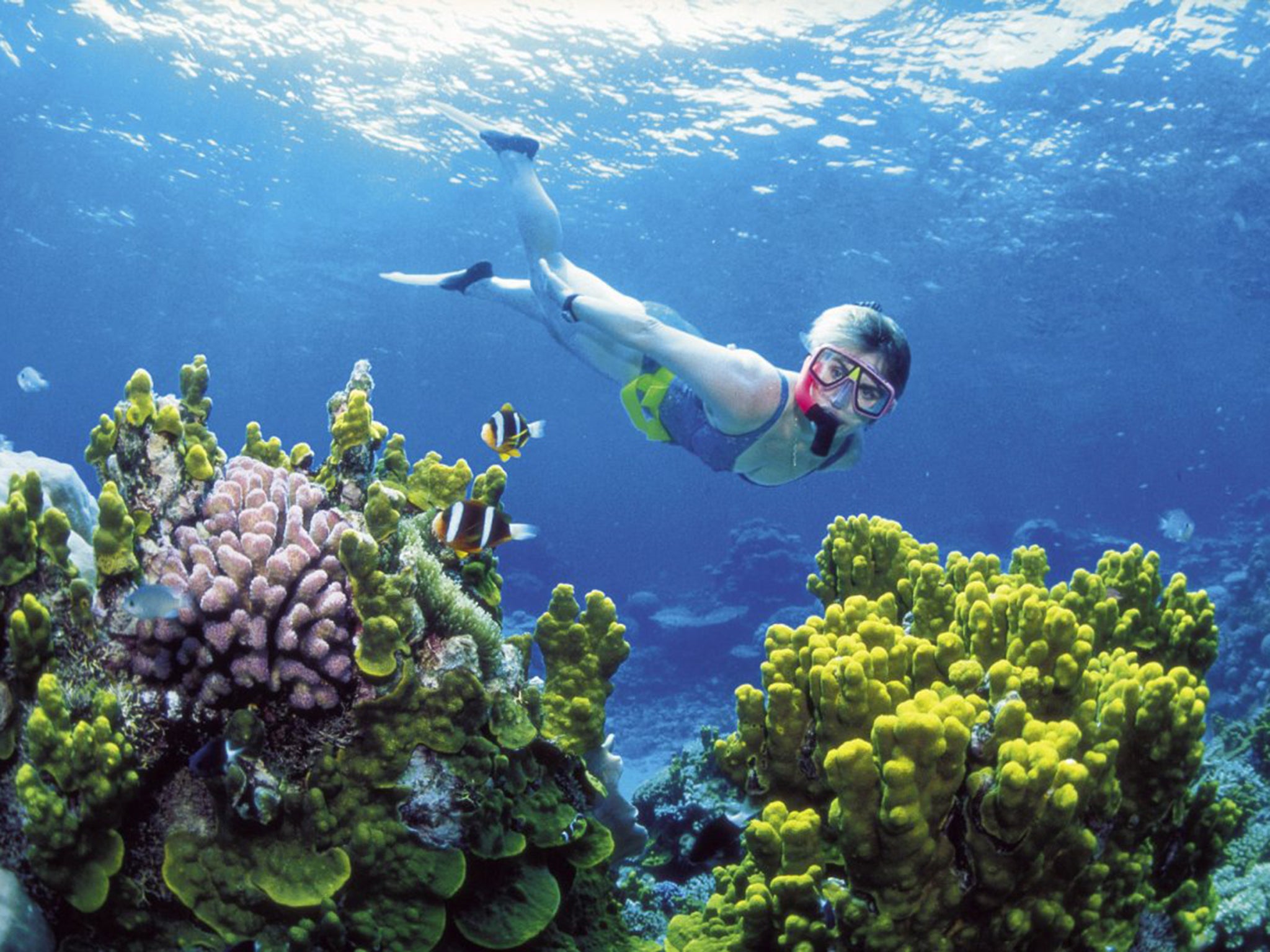Travel Question of the Day: Simon Calder on planning to travel to Australia in June
Have a travel question that needs answering? Ask our expert Simon Calder

Your support helps us to tell the story
From reproductive rights to climate change to Big Tech, The Independent is on the ground when the story is developing. Whether it's investigating the financials of Elon Musk's pro-Trump PAC or producing our latest documentary, 'The A Word', which shines a light on the American women fighting for reproductive rights, we know how important it is to parse out the facts from the messaging.
At such a critical moment in US history, we need reporters on the ground. Your donation allows us to keep sending journalists to speak to both sides of the story.
The Independent is trusted by Americans across the entire political spectrum. And unlike many other quality news outlets, we choose not to lock Americans out of our reporting and analysis with paywalls. We believe quality journalism should be available to everyone, paid for by those who can afford it.
Your support makes all the difference.Q I am trying to plan a big trip to Australia for June 2017 for myself and my partner (I am going to be 50). It’s obviously their winter, but how cold does it actually get?
Paul Jones
A June in the temperate parts of the southern hemisphere corresponds to December in the north. In the south of Australia, you can expect a cold, crisp experience, along with the shortest days of the year. The latitude of the southernmost capita, Hobart in Tasmania, is as far south (43 degrees) as Sofia in Bulgaria is north. Personally I wouldn’t stray anywhere south of Sydney (including the Snowy Mountains, with their frankly lacklustre skiing) in June.
In the northern half of Australia, though, the middle of the year is an excellent time to travel. Cairns, the main town in Queensland’s far north and gateway to the Great Barrier Reef, is humid from October to December; it experiences cyclones between November and May; and has a very pronounced wet season from December to February. You should miss all of these, and can instead look forward to clear, warm days and cool nights.
Much the same applies for Darwin, capital of the Northern Territory, and gateway to natural wonders such as Kakadu National Park. And in the “Red Centre” of Australia, June is as benign as it gets - with an average daily high of just 20C. That is perfect for visiting Uluru (Ayers Rock).
June is also very low season for air fares to Australia, so you can expect a bargain.
Flights to Darwin and Cairns from outside Australia are relatively scarce; Singapore Airlines’ regional offshoot, Silk Air, serves both, making Singapore a good hub to choose. And as with many trips to Australia, an open-jaw arrangement - flying into one city and out of another - saves backtracking.
Having said all of that, though: were I to plan the trip of a lifetime in the northern summer next year, it would revolving around the US on 21 August 2017 - when the greatest astronomical phenomenon of the century so far is set to occur. A total solar eclipse will sweep across the nation from Oregon to South Carolina. Here’s my preview: bit.ly/Eclipse17
Every day, our travel correspondent Simon Calder tackles a reader’s question. Just email yours to s@hols.tv or tweet @simoncalder
Join our commenting forum
Join thought-provoking conversations, follow other Independent readers and see their replies
Comments